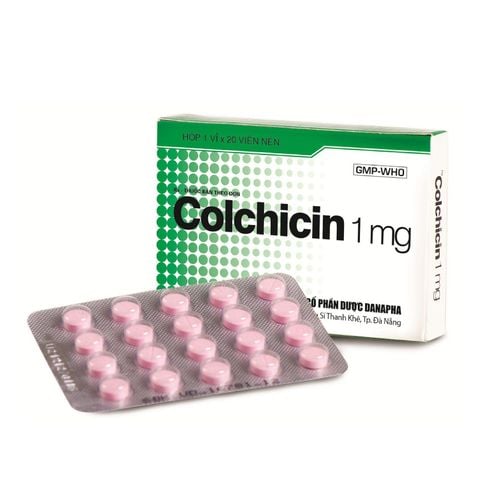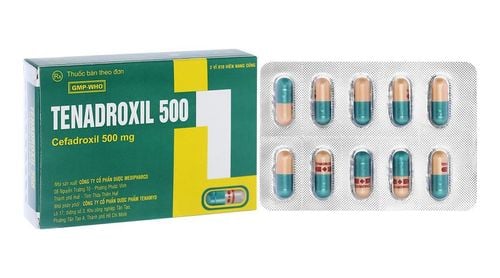This is an automatically translated article.
Infected joints are caused by many causes, early detection and treatment will bring the best treatment effect for the patient. Can antibiotics be used to treat septic arthritis?
1. What is infective arthritis?
Septic arthritis is an infection inside the joint, bacteria can enter the joint through blood, direct trauma or after joint injection procedures, joint surgery... causing signs of infection. joint bacteria such as swollen and painful joints.
Normally, people divide septic arthritis according to the cause of the disease into 2 types, including:
Gonococcal infective arthritis: The cause of arthritis is caused by gonococcal (N.gonorrhoeae), accounting for 70-75 % of joint infections in adults under 40 years of age. Non-gonococcal infective arthritis: The most common cause is Gram-positive bacteria, especially Staphylococcus aureus (accounting for about 50-70% of cases), streptococci (about 20%), bacteria Pneumococcal ... Gram-negative bacteria are less common (accounting for 15-20%) including bacteria such as E.coli, typhoid, blue pus bacillus, Haemophilus influenzae; Anaerobic bacteria account for about 5% of cases. There are about 5-10% of cases of simultaneous infection with many types of bacteria, Accordingly, septic arthritis often causes clinical signs such as:
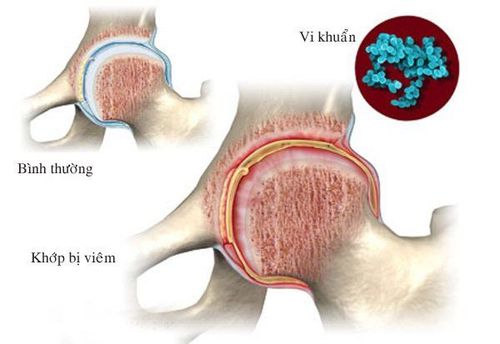
Bệnh lý viêm khớp nhiễm khuẩn không thể xem nhẹ
1.1. A case of joint infection due to gonococcal infection
Symptoms in the joints: The joints are swollen, hot, red, painful, can cause joint effusion, limiting the range of motion of the joints. Usually, arthritis is usually solitary and in small joints such as the hip, hand, wrist, etc., which are movable. But it is also possible to have multiple joints. Body as a whole: Fever, sometimes chills, dry lips, dirty tongue, bad breath. Appearance of erythema and pustules on the skin. In addition, arthritis symptoms are accompanied by genital symptoms such as urethritis, vaginitis.
1.2. Non-gonococcal joint infections
In the joints: Moderate to severe joint pain occurs, the level of joint pain increases gradually, increases with movement and palpation, the joints are swollen, red, hot, and limited joint movement. Soft tissue lesions around the joint can be seen after injury. Body as a whole: There is an infection syndrome including fever, chills, dry lips, dirty tongue, bad breath. SEE ALSO: The knee joint has pus due to inflammation, infection
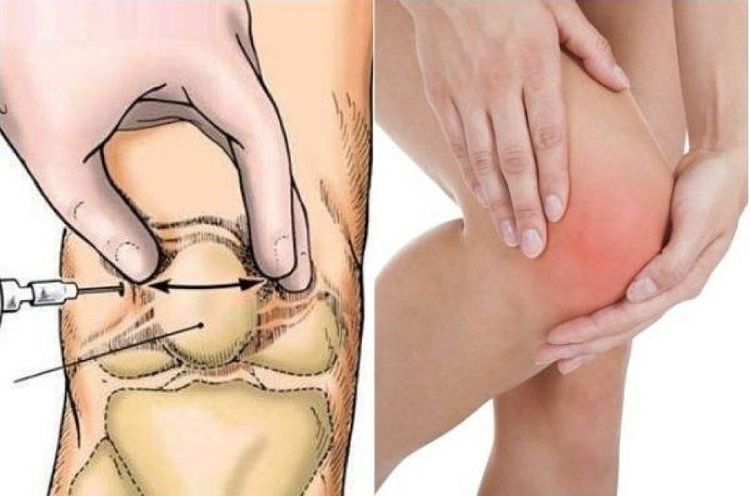
Nhiễm khuẩn khớp không do lậu cầu khiến tổn thương các phần mềm quanh khớp
2. Can antibiotics be used to treat septic arthritis?
As mentioned above, septic osteoarthritis is a condition in which bacteria invade the bones and joints of the body and cause disease. Therefore, to treat septic arthritis, it is necessary to use antibiotics.
2.1 Principles of treatment in infectious arthritis
As soon as the causative agent of septic arthritis is detected, the patient should be diagnosed and treated with antibiotics early, avoiding the risk of surgical intervention. The selection of early antibiotics should be based on the clinical experience of the clinician. Combine with culture and make antibiotics from synovial fluid, blood culture. The antibiotics used are usually given intravenously. The duration of antibiotic use is usually 4-6 weeks. In addition to antibiotic treatment, depending on each specific case, combined with symptomatic treatment such as pain relief, fever reduction. Drainage of pus from the joint is applicable to acute non-gonococcal septic arthritis or any septic arthritis with persistent effusion.
2.2 Antibiotic use in the treatment of septic arthritis
In case of non-gonococcal joint infections
Empiric antibiotic use before blood cultures and joint fluid cultures can be used one of the following regimens:
Antibiotic oxacillin or nafcillin dose 2g/time intravenously every 6 hours. Clindamycin 2.4g/day intravenously divided into 4 times. Accordingly, when the results of staining are available to identify gram-negative or gram-positive bacteria, antibiotics should be used according to the following results:
If the staining result shows gram-positive bacteria: For gram-positive coccidioid joints, use oxacillin or nafcillin 2g every 6 hours (8g/day), or clindamycin 2.4g/day intravenously in 4 divided doses. If methicillin-resistant staphylococcus aureus infection is suspected, use vancomycin 2g/day in two divided intravenous infusions or daptomycin 4-6 mg/kg IV once/day or use teicoplanin 6mg/kg once a day. /day for the first few days, then reduce to 3mg/kg intravenously or intramuscularly. Use antibiotics for 4 weeks. If the staining results are gram-negative:
In case of suspected blue pus bacilli, ceftazidime 2g/time x 2-3 times/day with aminoglycoside antibiotics (such as gentamycin 3mg/kg/day) once IM in the morning or amikacin 15mg/kg/day IM or IV phase once/day). When the results of antibiogram are available:
Continue treatment according to the old regimen if the bacteria are sensitive to the antibiotic of first choice. If not sensitive, choose antibiotics according to the results of the antibiogram.
In case of gonococcal arthritis
In case of penicillin-sensitive gonococcal gonococcal disease, oral amoxicillin 1500mg/day divided into 3 times, or oral ciprofloxacin 1000mg divided twice/day for 7 days, can be treated at home. In case of suspected penicillin-resistant gonococcal bacteria: Start with ceftriaxone 1g IM or IV every 24 hours for 7 days, then switch to oral ciprofloxacin 500mg twice daily or spectinomycin 2g IM every 12 hours in 7 days. If Chlamydia trachomatis superinfection is suspected: Doxycycline 100mg twice daily or tetracyclin 500mg four times a day or erythromycin 500mg four times a day should be combined with antibiotics.
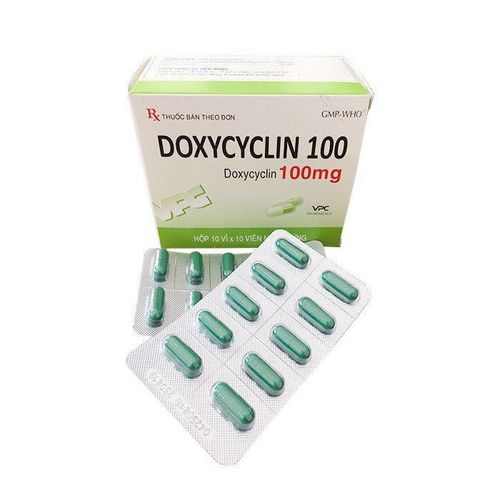
Thuốc doxycyclin được chỉ định trong trường hợp viêm khớp do lậu cầu
Patients with septic arthritis can go to Vinmec International General Hospital for examination and treatment. There is a team of musculoskeletal specialists who are well-trained, experienced and professional; system of modern equipment, meeting international standards; Professional service quality, high efficiency in diagnosis and treatment. Therefore, patients can be completely assured when choosing Vinmec as the address for examination and treatment of osteoarthritis.
Please dial HOTLINE for more information or register for an appointment HERE. Download MyVinmec app to make appointments faster and to manage your bookings easily.





